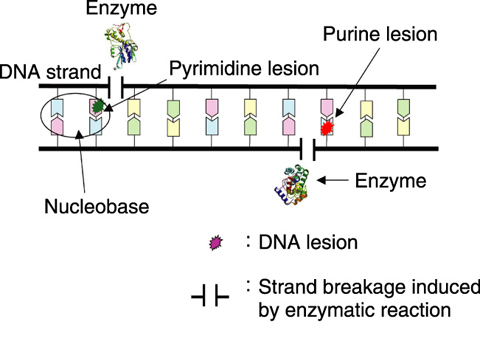
Fig.7-10 Detection of nucleobase lesions by enzymes

Fig.7-11 DNA alterations are selectively induced by monochromatic soft X-rays
Molecular damage to cellular DNA, and in particular the induction of mutation, is thought to be among the most critical biological effects of radiation. Therefore, the study of radiation-induced DNA damage can be expected to enhance our understanding of the selective induction of specific molecular changes in DNA. The DNA molecule consists of a helical double-stranded sugar-phosphate backbone and nucleobases, which consist of purine (adenine (A) and guanine (G)) and pyrimidine (thymine (T) and cytosine (C)) pairs. Although double-strand breakage of the DNA double helix results in cell death, nucleobase lesions are thought to be one of the principal factors in the induction of mutation. Accordingly, we investigated the yield of DNA strand breakage and nucleobase lesions due to monochromatic soft X-rays. We selected typical photon energies for the K-shell ionization of carbon, nitrogen, and oxygen, then attempted a novel technique to selectively induce DNA alterations. Base excision repair enzymes (Fpg and Nth) were used to detect base lesions efficiently (Fig.7-10). The results revealed that selective induction of specific DNA alteration can be achieved by tuning the soft X-ray energy (Fig.7-11). The K-shell ionization of oxygen most likely contributes to the induction of nucleobase lesions. On the other hand, single-strand breakage of DNA is preferably produced just below the N K-edge. Therefore, we concluded that the specific types of DNA alterations can be selectively induced by tuning monochromatic soft X-ray irradiation. In general, purine and pyrimidine bases are known to function as efficient trapping sites of holes and electrons, respectively, which are produced in the DNA molecule by ionizing radiation. These holes and electrons subsequently induce molecular damage to the DNA. Strand breakage results from the decomposition of deoxyribose. Therefore, it can be inferred that the differences in the behavior of holes, electrons, and deoxyribose decomposition differed depending on the soft X-ray irradiation conditions. We achieved successful selective induction of DNA lesions by tuning soft X-ray energies. This technique is expected to be utilized as a powerful tool for investigating damage in DNA.
<Previous: 7-4 | Next: 8 Nuclear Science and Engineering Research >